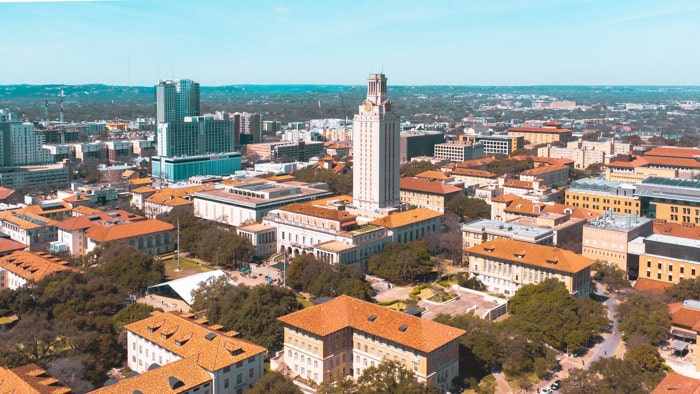Honeywell and the University of Texas at Austin have partnered together to drive down the cost of carbon capture from power plants and heavy industry.
The UT Austin team has created a system that will improve carbon capture performance.
This makes the process more efficient for industries such as steel, cement, chemical plants, coal, natural gas, and bio-energy power plants.
The licensing agreement with Honeywell enables UT Austin to commercially scale & make major contributions toward zero emissions.
The difference between UT Austin’s system and others is that they utilize an advanced solvent. This technology can be used within existing plants or included within new systems.
This can make carbon capture less expensive and more efficient.
Honeywell is capturing, storing, and utilizing approximately 15 million tons of carbon per year – with the potential to capture 40 million tons annually.
They are committed to reaching carbon-neutral operations and facilities by 2035.
Like carbon offset projects, Carbon Capture and Storage projects (CCS) are growing in popularity.
In 2020 alone, CCS projects captured and stored 40 million metric tons of carbon. However, to meet new emissions goals, CCS must increase to 840 million metric tons by 2030.
While increasing CCS project capacity 20x seems like a challenge, partnerships such as Honeywell and UT Austin can help get us there.
UT Austin has been a leader in carbon capture research for more than 20 years.


